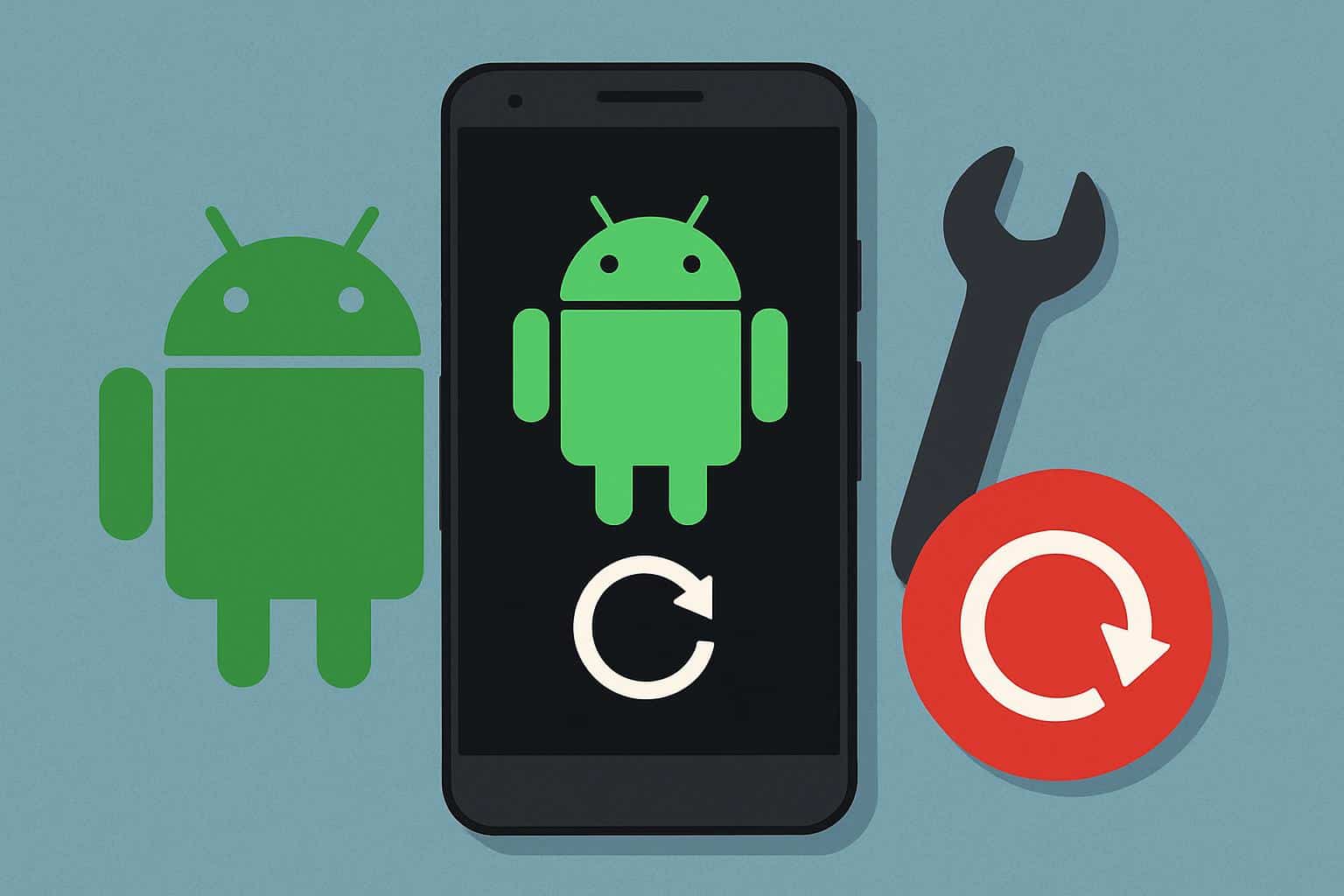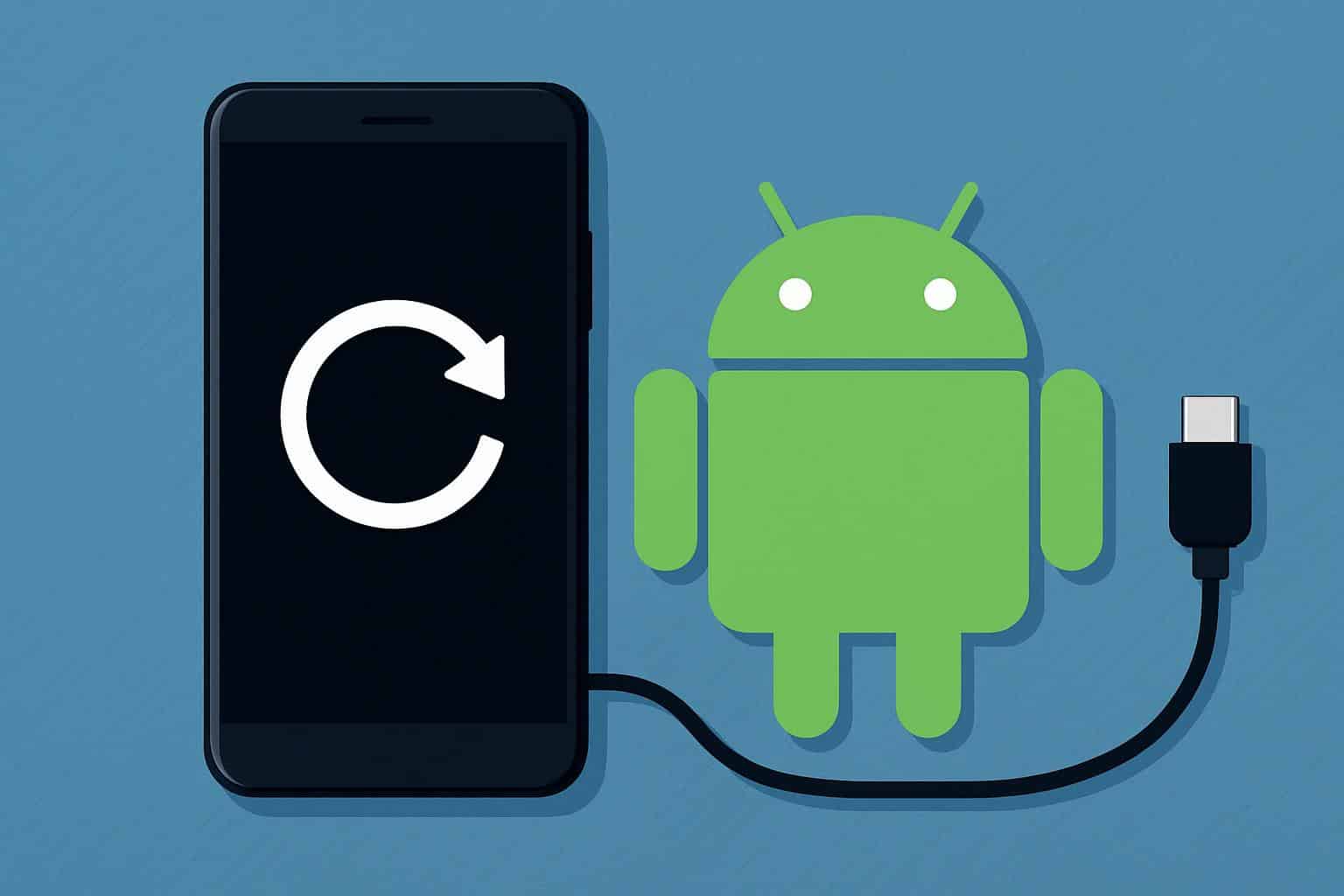A troublesome QPR2 Beta 3 bug that can cause Pixel phones to bootloop if they’re in desktop mode sounds like a headache, but here’s some good news: Android beta testers have discovered an easy workaround. The situation has led Google to halt the update rollout, but for anyone currently stuck on one of the crippled devices, there is a way out without having to perform a complete factory reset—granted they have a USB-C keyboard and patience.
What triggered the Pixel bootloop in QPR2 Beta 3
QPR (Quarterly Platform Release) beta releases are intermediate platform fixes and features ahead of stable ones. In this series of previews, a regression occurs if Android’s optional “desktop mode” is enabled. With those developer toggles active on QPR2 Beta 3, the system has been repeatedly crashing SystemUI, showing blank screens, and bootlooping without getting anywhere useful (you know… bootloops?).

According to complaints in the Android beta community, the “Enable secondary display features” developer option is responsible. Devices affected include recent Pixels on the beta channel. Google has said that it is aware of the issue and stopped the rollout, which generally occurs when a showstopper bug presents some risk to data loss or global instability.
The community workaround to exit the QPR2 bootloop
Beta testers on Reddit’s r/AndroidBeta and Google’s Issue Tracker reported one common approach: plugging in a USB-C keyboard to temporarily bring the screen back to life, then diving into Settings to turn off the offending toggle. In most of the reports we’ve received, hitting Windows (Meta) + I on the keyboard opens the Settings app in Android. From there, it’s a sprint ahead of the next crash to Developer options to turn off that secondary display feature.
It isn’t elegant. They detail a pattern of plugging and unplugging USB peripherals—keyboards, USB-C hubs, or even displays—to get the UI to momentarily return so they can make a few taps. It took some people, they said, 20 to 60 minutes of doggedness to get the setting change to stick. And though it’s nowhere as bad as a full wipe, it can take quite some time, which may be worth doing if you don’t have a recent backup.
Step-by-step guide to fix the QPR2 Beta 3 bootloop
Use at your own risk. This process is for those who are already stuck in the cycle, and you must know how to use Developer options.
- Prepare a USB-C keyboard. A powered USB-C hub can also provide more reliable connectivity if your keyboard draws more power.
- Connect the keyboard. When the screen wakes, use the Windows (Meta) + I shortcut to open Settings. If your keyboard lacks that combination, press the Meta key or search for Settings from the launcher during brief windows of responsiveness.
- Open Settings > System > Developer options. Alternatively, jump directly there if your launcher search supports it.
- Find “Enable secondary display features” (names may vary between builds). If you had “Force desktop mode on external displays” enabled, that toggle will also be turned off.
- Reboot the phone. The device should now start normally and avoid the UI crash loop.
Tip: If the UI goes blank before you can reach the toggle, unplug and plug back in your keyboard or hub to get your screen back and resume where you left off. A mouse can also help you locate the switch more quickly.

Why it happened and which Pixel devices are affected
Android’s desktop-mode work—the freeform windows, the external display behaviors, the taskbar tweaks—mostly hides behind Developer options.
Beta builds love to poke at these switches, and the relationship between SystemUI and external display flags can be delicate. This time, it seems that turning secondary display features on causes a SystemUI crash on boot, which makes the phone remain unresponsive.
Many reports mention recent Pixel devices, on the beta channel specifically, and—as ever—those that play around with external monitors or windowed desktop functionality. Devices without the desktop-related toggles enabled didn’t seem to experience this problem, which is why plenty of devices did get updated before the rollout was halted.
What to do next while waiting for the fixed beta build
If you are impacted, do not enable the desktop-mode toggles until a fixed build is available. If you’re out of luck, give the USB keyboard trick a shot before going to the trouble of doing a factory reset. Users who already configured Android Debug Bridge (ADB) on the device may also be able to disable “Scan device for security threats” using a shell command through a computer; however, this needs to have been authorized first.
For those running pre-release software, this episode is a reminder to back up regularly and go easy on the Developer options menu. Betas expose great refinements already, but edgy edge-case settings—particularly involving system UI and displays—might yet bite. Don’t be surprised if Google ships an adjusted build and revised release notes, and check the official beta channels and support forums for consensus about when it’s safe to move forward.

